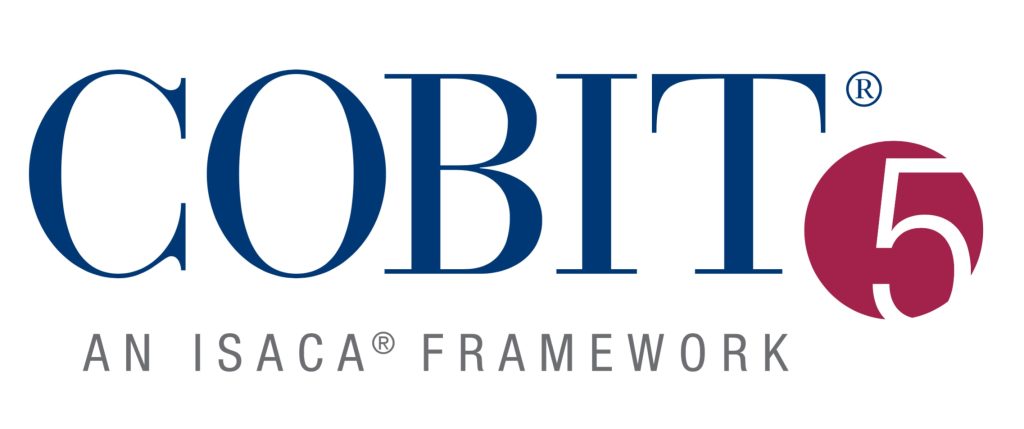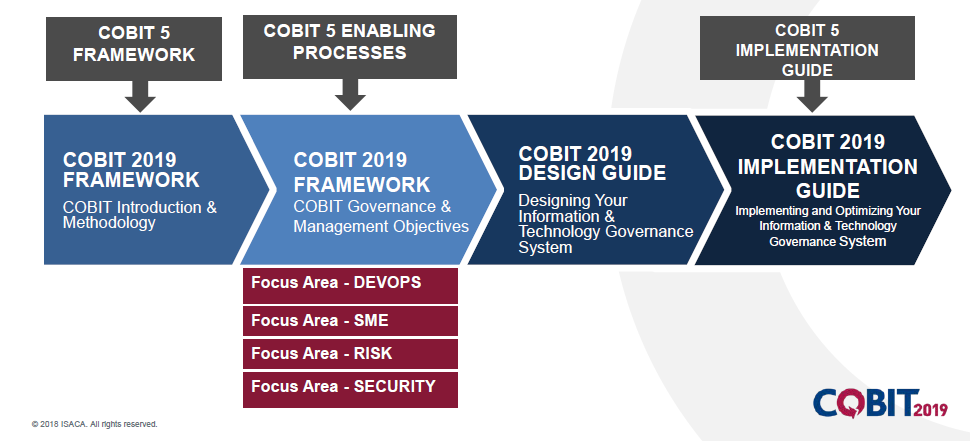A COBIT certification can prove very beneficial in multiple sectors which require high-level administrative tasks to run simultaneously. Companies require human assets trained in COBIT to face these challenges and make for a smooth experience in IT governance. In this article, we will talk about how to get a COBIT certification.
What is COBIT?
COBIT is an acronym for Control Objectives for Information and Related Technology. It was created as a management tool to help managers bridge the gap among technological challenges, business risks, and control requirements. COBIT is a well-known framework that can be used by any company in any sector. It is a framework created for management and IT administration by the Information Systems Audit and Control Association or ISACA in short. COBIT Training in Basel is used to handle technical challenges that are related to quality control, reliability of the information, and administrative tasks.
COBIT’s on-the-field application entails tying a company’s priorities to its IT infrastructure by providing various maturity models and benchmarks for measuring progress and defining business obligations that are related to IT processes. Its latest version puts emphasis on four areas, namely:
- Planning and organizing
- Delivery and technical support
- Acquisition and implementation
- Monitoring and evaluation
COBIT is highly regarded as a business framework and has been certified by multiple international business standards, such as CMMI, PRINCE2, ITIL, COSO, TOGAF, ISO 27000, and PMBOK.
The most used version, COBIT 5 draws inspiration from IT Assurance Framework and Business Model for Information Security. The latest version even makes way for assistance to set up integrations in accordance with industry standards, regulations, and guidelines. It recommends the best practice which will suit your IT administrative requirements.

About COBIT 5 Foundation certification
COBIT 5, released in April 2012, was engineered with the same principles as COBIT 4.1 and acquired standards from Risk IT frameworks and VAL IT 2.0.
The latest COBIT version 5 gives you the direction and tools you need to create and maintain a best-fit governance structure that complies with major industry standards, structures, and regulations. The COBIT framework is also very important in today’s business, providing structure to decision making and assisting in the development of a more rapidly operational governance system.
COBIT 5 is composed of three core elements:
- Process models: Models are key to incorporating the COBIT framework in organizations as it enables users to take part in different IT operations within the governance strategy. The COBIT 5 assessment model includes 37 governance and management processes that practitioners can choose from and customize to suit their IT goals. COBIT Performance Management can also be used to make improvements objectively to frameworks. This methodology makes it simple for human assets to discover areas within their framework that need improvement by means of a scoring system that rates functionality from 0 to 5 points, with 2 implying performance on a basic level.
- Best practices: COBIT frames how each process should be carried out in order to provide a standard that helps companies evaluate whether the process is working as needed to deliver the expected output.
- Proving enabler tools: COBIT provides the tools needed by businesses to set clear IT objectives and measure their progress using milestones and simple metrics. It also includes capacity-maturity techniques that incorporate framework assessment of whether processes are functioning as expected at their stage of maturity.
A COBIT certification trains you in a few fundamental frameworks and introduces the following skills:
- Using tools designed to give governance a broader perspective and providing practitioners with more flexibility in aligning IT priorities with structured business objectives
- Helps in understanding the value extracted from necessary resources and assets and the possible risks in the course or developing a symbiotic relationship between business and IT
- Assists in forming a basic understanding of various IT governance frameworks like NIST, COSO, and ITIL. Also, it helps in the understanding of concepts and benefits which are derived from IT governance frameworks
- Understanding the COBIT 5 framework, its principles, and enablers. It helps in building an efficient implementation process for COBIT 5. It provides a clear understanding of the components of COBIT 5 processes and the structure of the COBIT 5 reference model.
A COBIT 5 foundation certification prepares employees to assist their organizations more thoroughly by smoothly tackling IT and management goals. It helps individuals from different sectors maximize the value by striking a balance between understanding advantages and minimizing the incurred risk. It also helps in minimizing the consumption of resources and assets.
How to get certified?
The best way to get COBIT certified is to join a COBIT 5 Foundation course or a COBIT course from a reputable organization.
The advised course of action would be to register for a COBIT 5 Foundation course or a COBIT implementation course with an accredited training partner of ISACA. After training, the candidate would be required to sit for an exam to be certified as a holder of a clear understanding of COBIT principles and concepts. And, this confirms the individual’s ability to implement the elements and principles of COBIT in an organization.
Employers are demanding human assets trained and well versed in COBIT with the growing importance of IT and information security in all sorts of organizations. COBIT-certified and COBIT 5-trained human resources are highly appreciated and very much in demand with the need to maximize the utility of resources and for the development and implementation of IT-assisted, data-rich business processes.
There have been several variants of COBIT in the last two decades with each rendition adding more appreciated elements to IT. COBIT has proven to be very useful in maximizing productivity and aligning IT to company goals for over 25 years since it is updated on a regular basis to represent the needs of both businesses and IT professionals. With the advent of more automation in administrative systems and the requirement of higher efficiency in allocating resources and management in general, COBIT certification and a clear understanding of related principles are becoming much-desired skills now.
It is clear that eventually COBIT will seep into the administrative systems and create more efficiency. Hence, a COBIT certification would be an ideal pursuit for a stable future.

